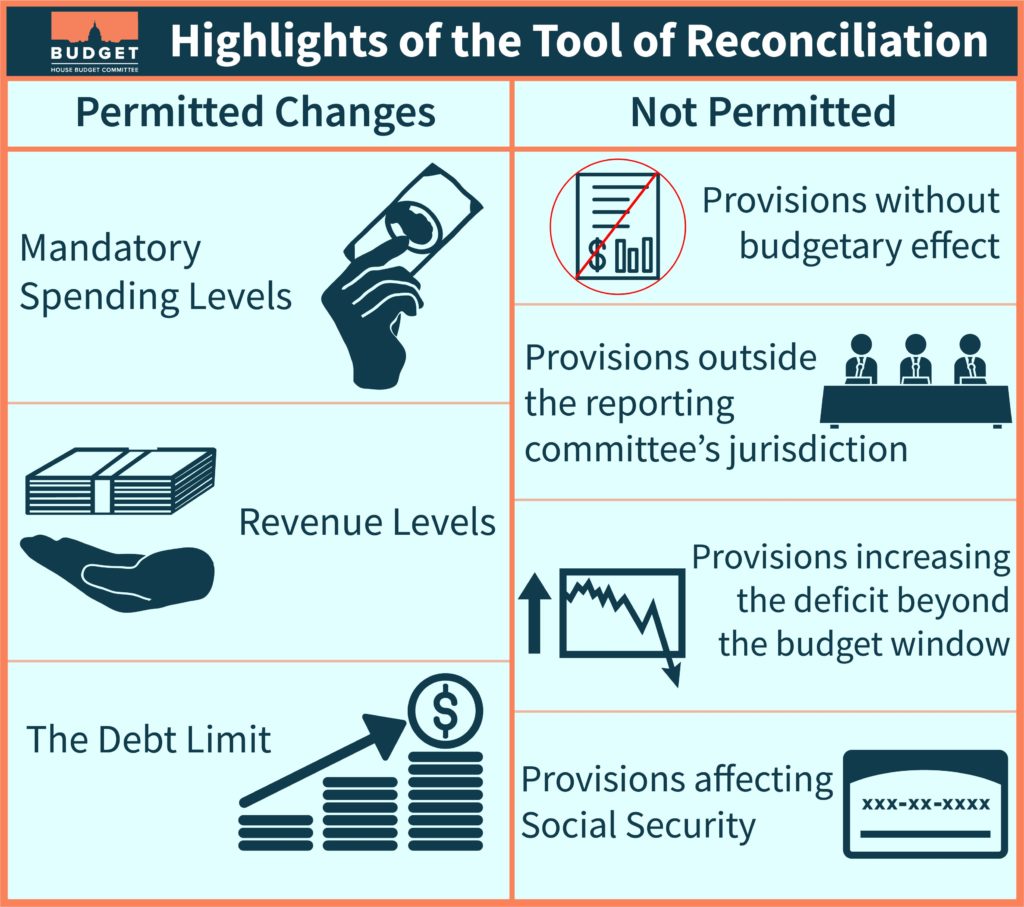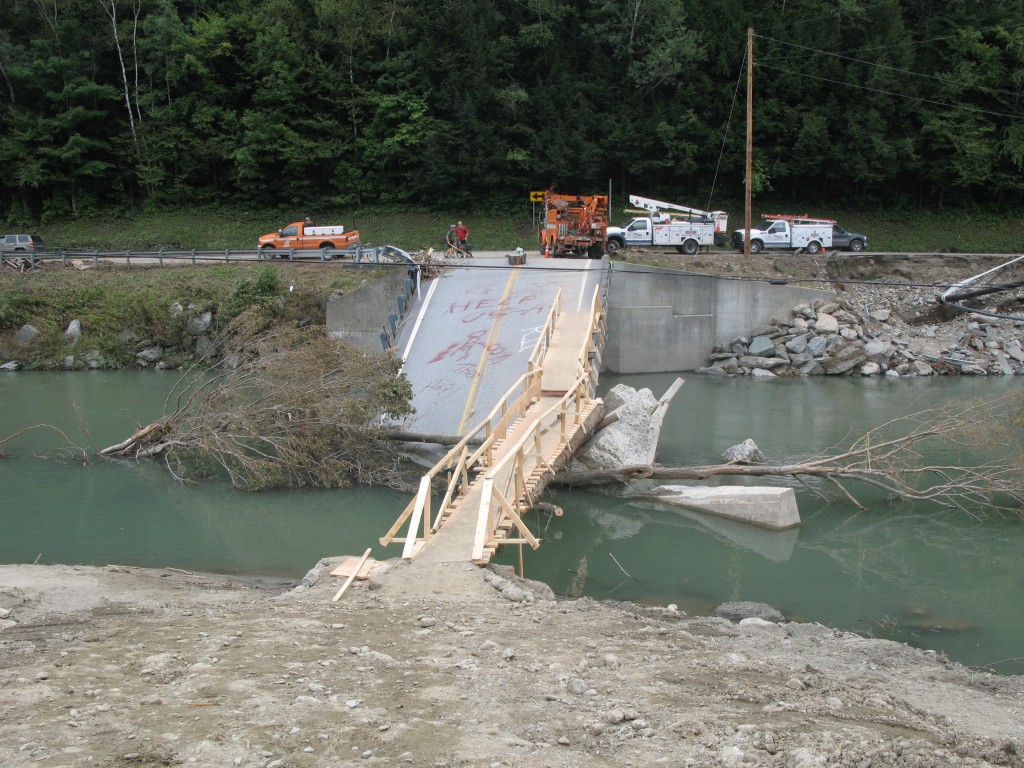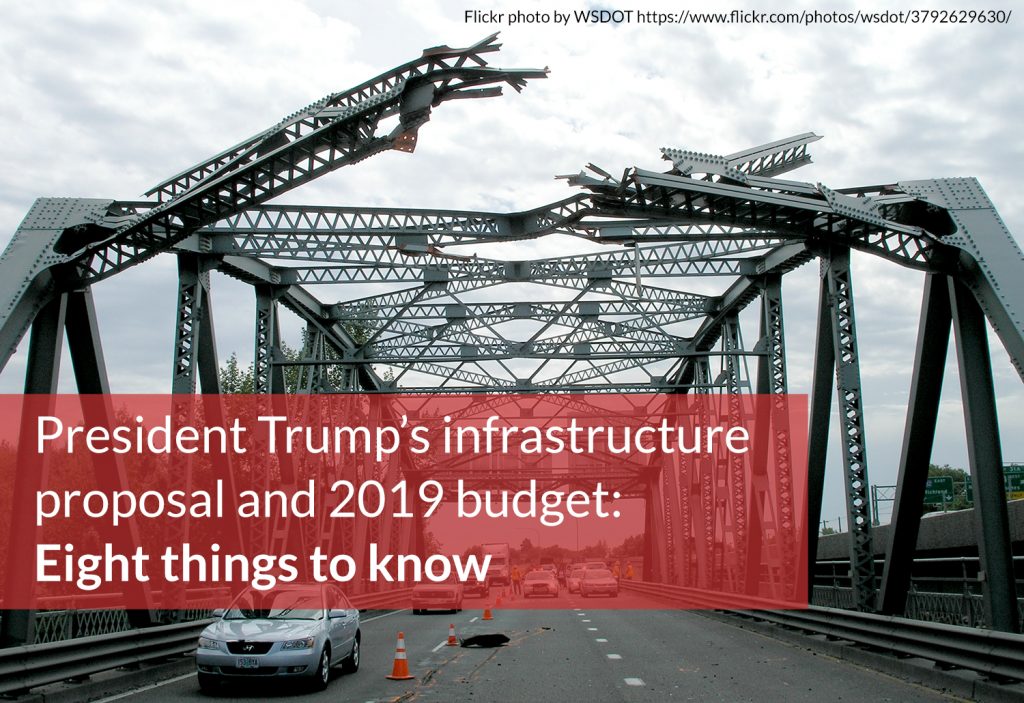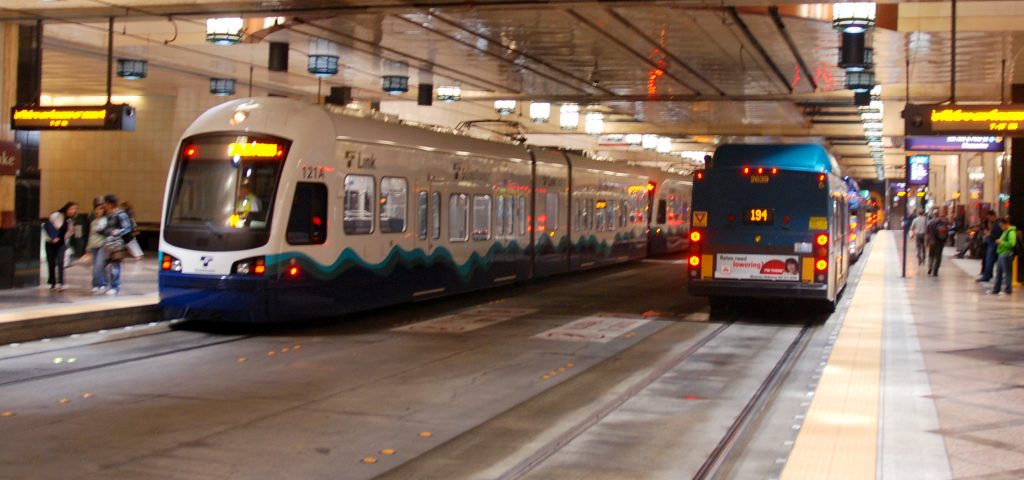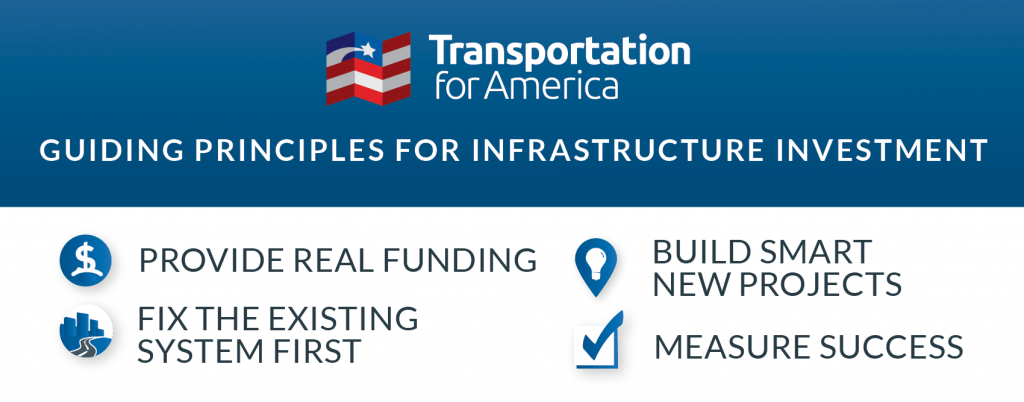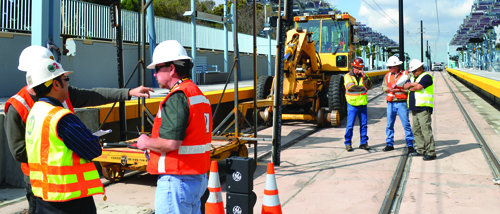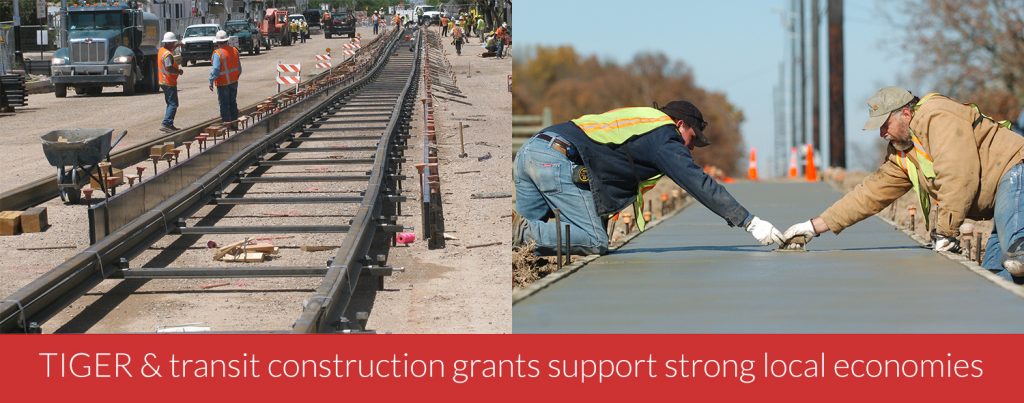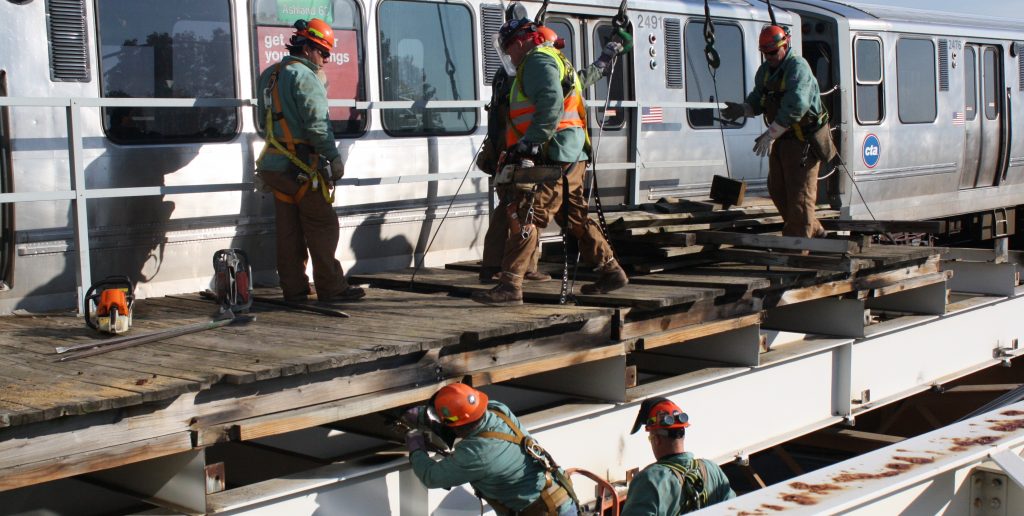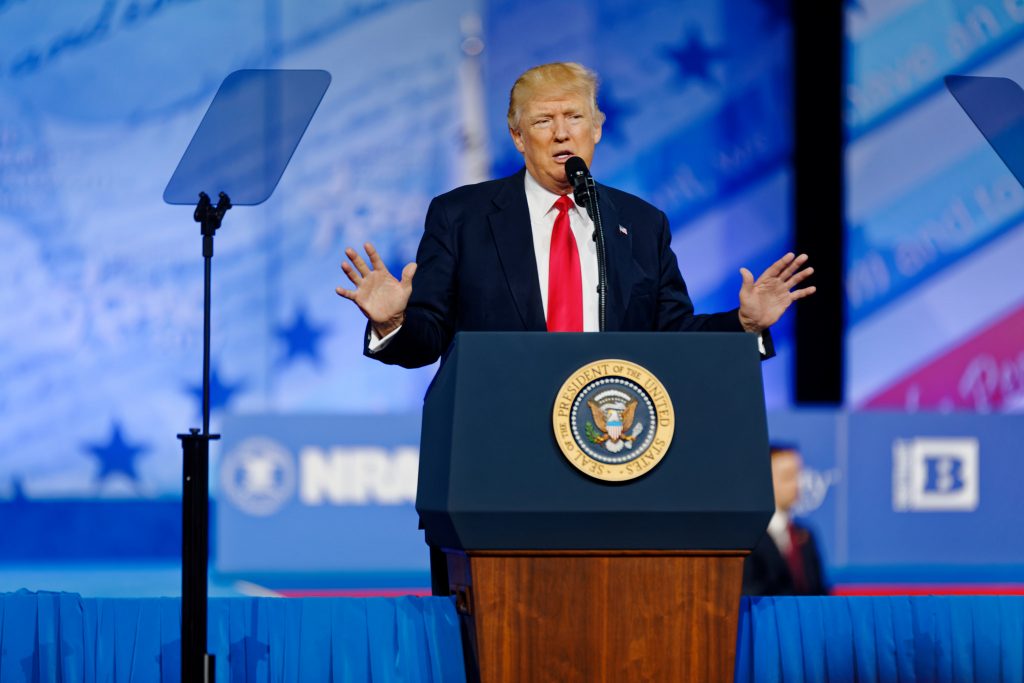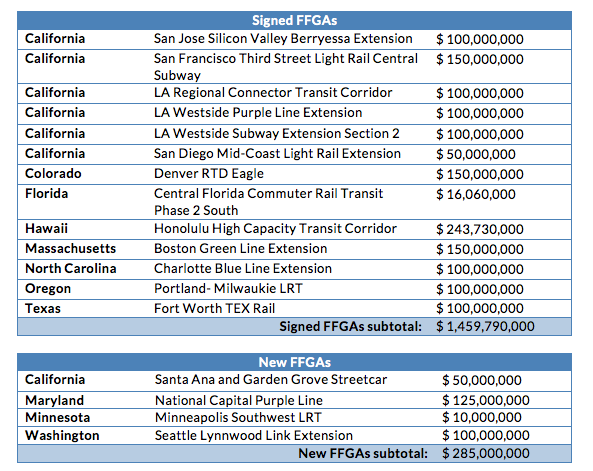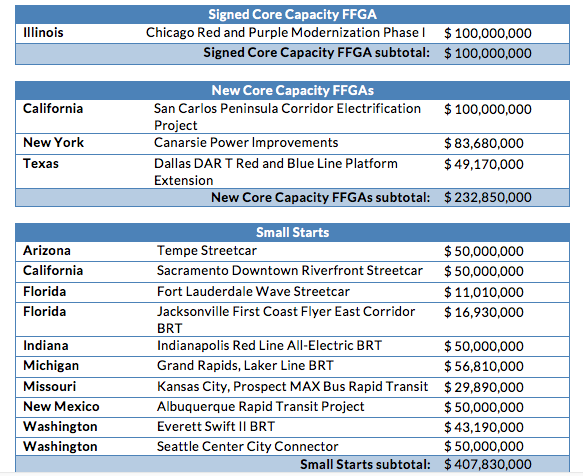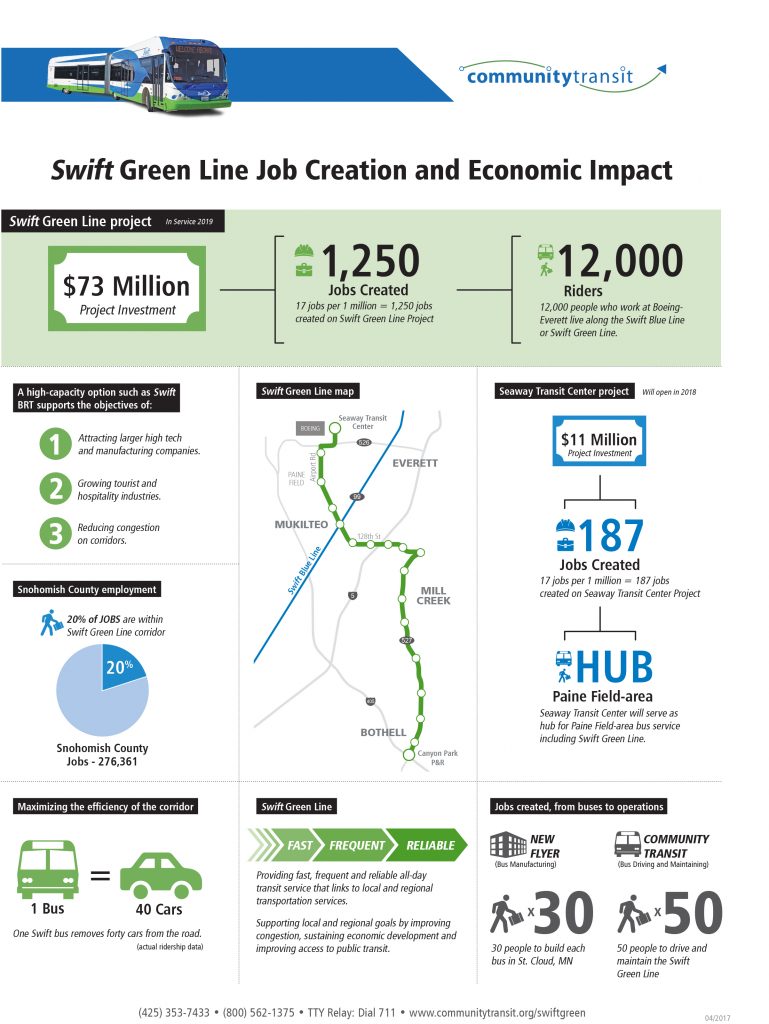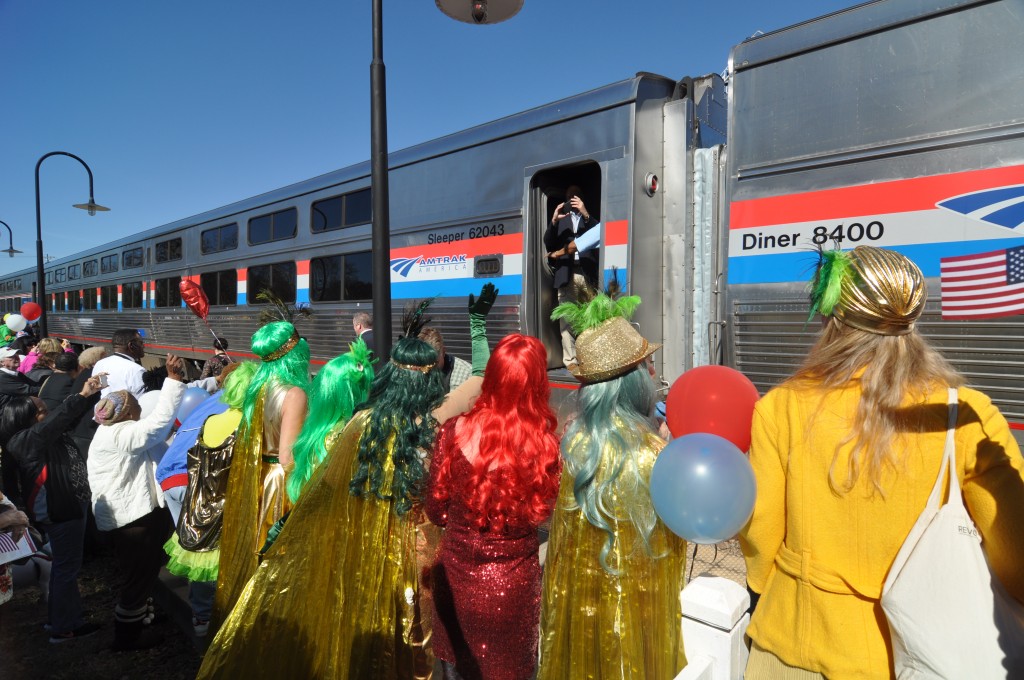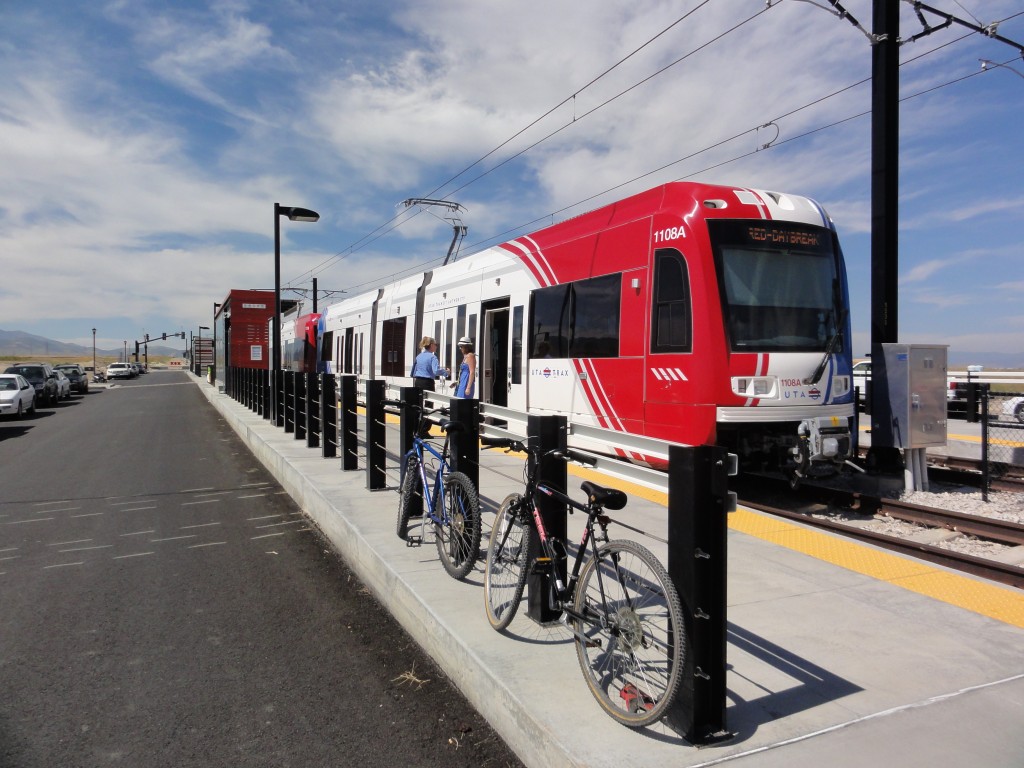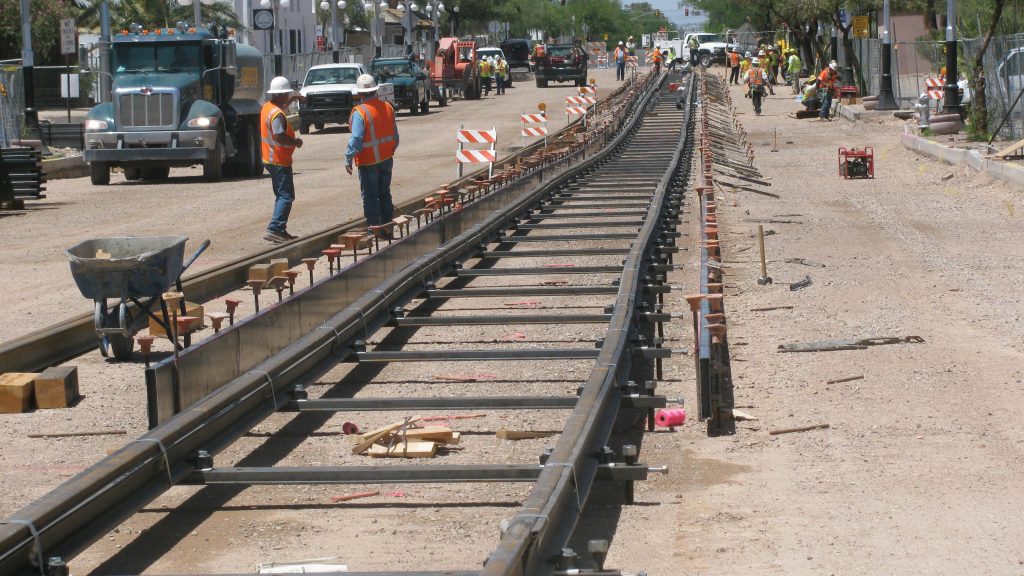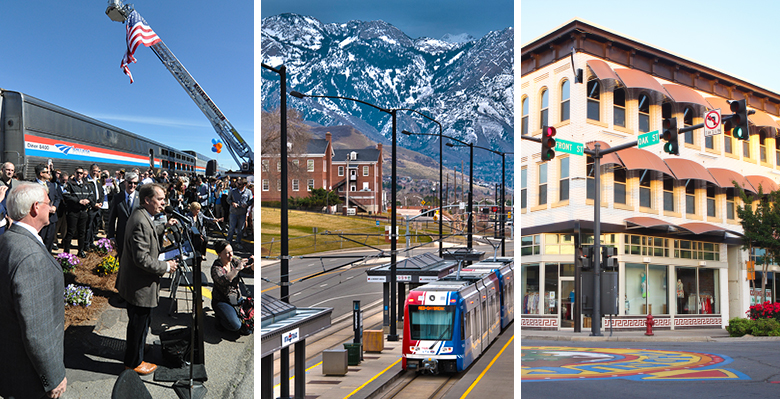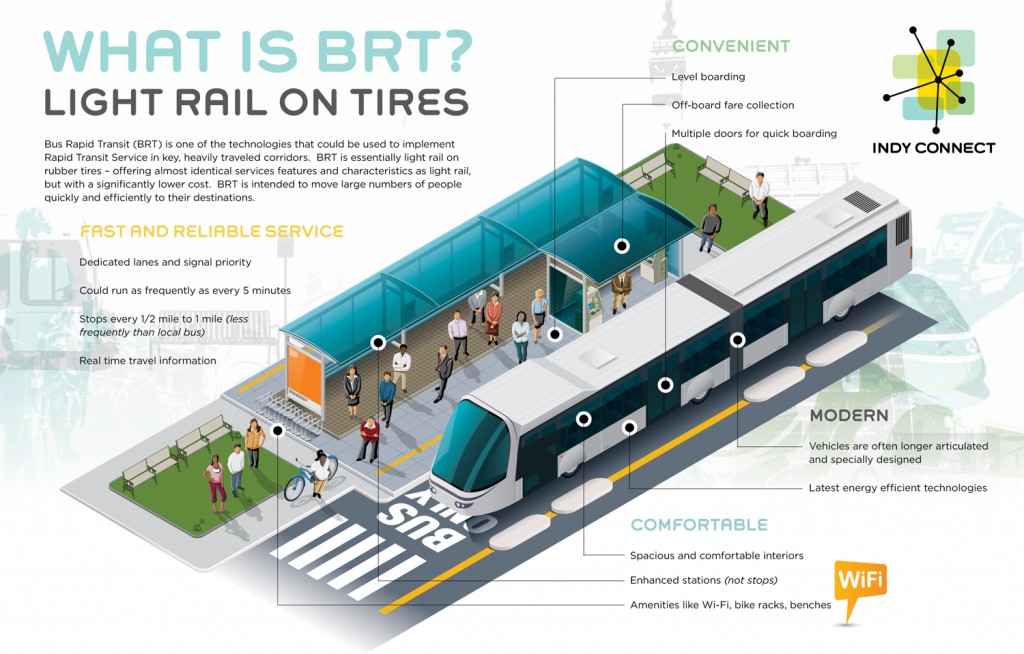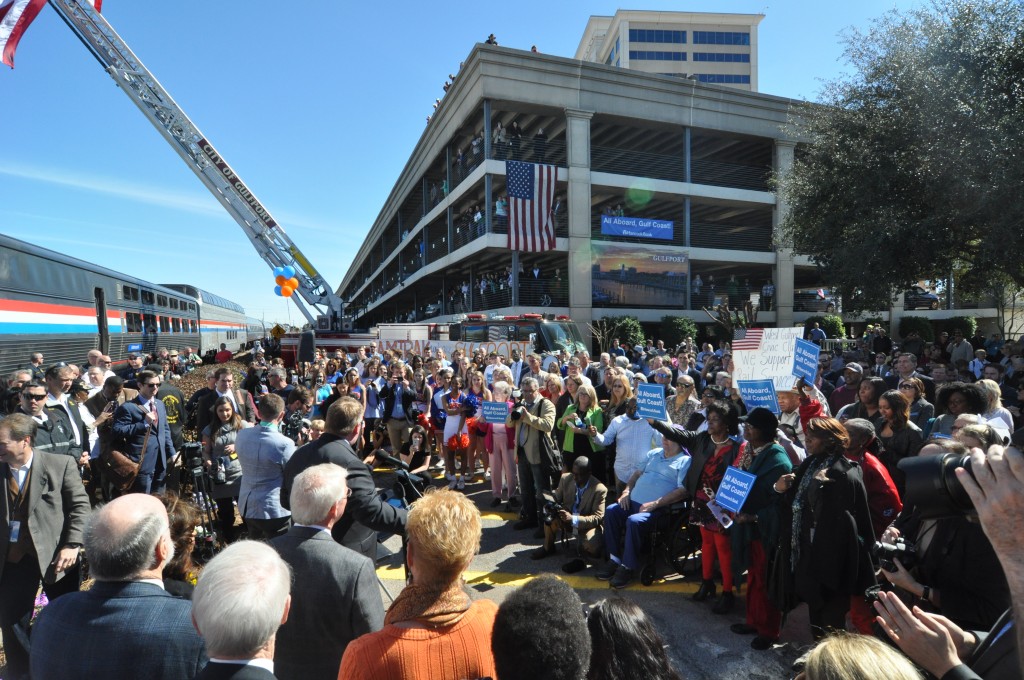
The revised version of the Build Back Better Act preserves $40 billion in important additions that will advance racial equity, address climate change by lowering emissions, and foster community-oriented economic recovery. T4America is encouraged to see these inclusions, but they’ll be a drop in the bucket compared to the much larger infrastructure deal, which doubles down on our dangerous, disconnected, high-speed-vehicle-dominated status quo.
UPDATED 11/8/2021: The infrastructure deal (the IIJA) passed on its own on Friday night (Nov. 5), minus the budget reconciliation act (BBB) detailed below. Read our short statement here and see the updated sections noted below.

“We are encouraged that the revised Build Back Better Act maintains several important proposals to improve the infrastructure deal by reducing emissions and addressing climate change, improving access to transit service—especially for those who can benefit from it most—and advancing racial equity,” said T4America director Beth Osborne.
“We are encouraged to know that Congress is taking seriously the need to address climate change, equity, and economic recovery. But the $40 billion included here unfortunately won’t be enough to redeem the $645 billion-plus infrastructure bill that will continue to make many of those same problems worse. As we’ve said throughout the second half of this year, the administration has a difficult task ahead to advance their stated goals of repair, safety, climate, equity, and access to jobs and services through these small improvements, while spending historic amounts on unchanged programs that have historically made those issues worse.”
How did we get here? An explainer
The last year has been one of the most complex for those who care about transportation policy, and it’s easy to get lost with all the acronyms and jargon as bills have been introduced and replaced and merged together. Over the past year the House and Senate made respective attempts at writing new five-year transportation bills to replace this year’s expiring FAST Act, with wildly diverging results.
The House’s five-year INVEST Act “commits to a fix it first approach, prioritizing safety over speed, and connecting people to jobs and essential services—whether they drive or not,” as T4 Director Beth Osborne said in the summer when it passed. It made notable strides to fix past problems ($20 billion for tearing down divisive highways) while taking the vital step to update the underlying programs that are continuing to create those same problems.
The Senate took a different approach, ignoring the INVEST Act and crafting their five-year transportation policy as part of the larger infrastructure bill (the IIJA). Their bill doubled down on the status quo—more money for the same old things—with important but marginal attempts to account for equity, climate, repair, electric vehicle infrastructure, safety, and community connections. The Senate approved that infrastructure bill and sent it to the House for final consideration, leaving the House in the unenviable position of choosing between their INVEST Act or supporting the larger infrastructure bill—one of the president’s key priorities.
UPDATE 11/8/2021: After months of the debate about combining the above infrastructure deal with the budget reconciliation act detailed below (read on for details about that), Congress finally moved on the infrastructure deal alone and approved it on Friday, November 5. This means that everything detailed above has now passed through Congress: the $600+ billion infrastructure deal which also included a five-year reauthorization to replace the expiring FAST Act. Read our short statement about that deal here.
The Build Back Better Act and the modest but notable transportation improvements within it (detailed below) are still awaiting action from Congress. Some other updates have been made to the post below to reflect that only the Build Back Better Act is still up for consideration at this point.[End of update. -Ed]
During the fall, Congress also began considering President Biden’s $3.5 trillion Build Back Better Act through the mechanism known as budget reconciliation to advance funding for all sorts of programs, including transportation and the infrastructure bill. This gave the House Transportation & Infrastructure (T&I) Committee an opening to make additive improvements to the lackluster infrastructure bill (IIJA) included in reconciliation that would focus on climate, equity, transit, and connecting communities. Here are three notable improvements we urged T&I to include, which were included in the initial version:
- Affordable Housing Access Program – Provides $10 billion for competitive grants to support access to affordable housing and the enhancement of mobility for residents in disadvantaged communities or neighborhoods, in persistent poverty communities, or for low-income riders generally.
- Community Climate Incentive Grants – Provides $4 billion towards addressing greenhouse gas (GHG) emission reductions, specifically $1 billion for state incentives and $3 billion in competitive grant funding for regional and local government entities to pursue carbon and GHG reduction projects.
- Neighborhood Access and Equity Grants – Provides $4 billion for competitive grants towards improving affordable transportation access via removing transportation barriers, building community connections that promote active and affordable transportation, and community capacity building aimed at assessing community impacts and enhancing public involvement in the decision making process.
Though members of the House were ready to move on this budget reconciliation bill and the infrastructure bill in September, the deal stalled due to opposition in the Senate from Senators Manchin (D-WV) and Sinema (D-AZ), who objected to the reconciliation bill’s top line spending extremely late in the process.
Where are we now?
In late October, Congress presented a revised and pared-back $1.75 trillion Build Back Better Act. We are encouraged to see that the drafters maintained the above three provisions which will significantly contribute towards equity, climate change mitigation, and fostering community connections.
But the (now approved!) $645-plus billion infrastructure deal (the IIJA) is the elephant in the Build Back Better Act room, and its’ shortcomings dwarf these good and worthy $40 billion improvements. As we said in our statement upon the IIJA’s passage, “the transportation portion of the infrastructure bill spends a lot of money but fails to target it to the needs of the day: building strong economic centers, providing equitable access to opportunity, addressing catastrophic climate change, improving safety, or repairing infrastructure in poor condition.”
It will be critical to build upon the work laid out upon passage of both the IIJA and the Build Back Better Act to make the most of the US transportation program to advance repair, safety, climate, equity, and community connection priorities and hold Congress and the administration accountable to deliver on what they are promising.







